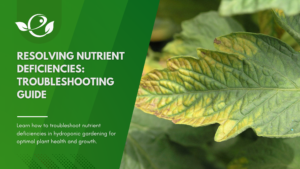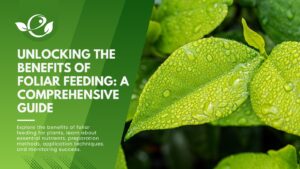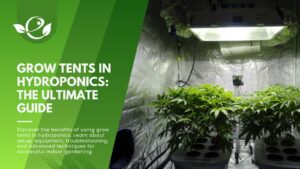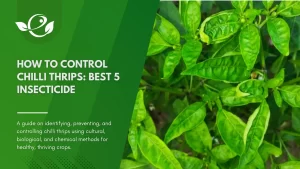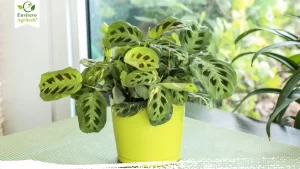Table of Contents
Hydroponic gardening has revolutionized the way we grow food by eliminating soil and replacing it with nutrient-rich water. This method is not only efficient and sustainable but also surprisingly easy to adopt, even for beginners. One of the most rewarding categories of plants to grow hydroponically is herbs. Fresh, flavorful, and incredibly versatile, herbs thrive in hydroponic systems and offer the convenience of a continuous harvest right from your countertop or indoor grow setup. In this article, we’ll dive deep into the best herbs to grow in hydroponics, along with essential care tips, system recommendations, and answers to frequently asked questions.
Why Grow Herbs in Hydroponics?
Hydroponic systems are perfect for herbs because they promote faster growth, higher yields, and cleaner produce. Traditional soil-based gardening comes with a variety of challenges — weeds, pests, and inconsistent nutrient availability, to name a few. Hydroponics, on the other hand, allows you to control every element of the growing environment, ensuring optimal growth conditions.
For urban dwellers or those with limited space, hydroponic herb gardens offer a compact, space-efficient solution. You can grow herbs vertically, on shelves, or in small tabletop systems. Even better, the absence of soil means fewer pests and diseases, making hydroponics a clean and low-maintenance option.
Hydroponic herbs are also fresher and more flavorful. Because the nutrients are delivered directly to the roots, herbs grow rapidly and retain their aromatic oils better, making them more potent for culinary or medicinal use. Plus, they’re available year-round, which is a huge advantage for anyone who enjoys fresh herbs in every season.
Best Hydroponic Herbs to Grow Indoors
Let’s explore the best herbs that thrive in these systems. Each of these herbs has unique growing requirements, but all of them are compatible with popular hydroponic setups like Deep Water Culture (DWC), Nutrient Film Technique (NFT), Kratky method, and more.
1. Basil – The King of Hydroponic Herbs
Basil is arguably the most popular and rewarding herb to grow hydroponically. It loves warmth, light, and nutrient-rich environments. In hydroponic systems, basil grows rapidly and produces lush, fragrant leaves.
- Varieties: Sweet, Genovese, Thai, Lemon, Purple.
- Light Needs: Hydroponic basil needs around 14 to 16 hours of light daily.
- pH Range: 5.5 to 6.5
- Nutritional Benefits: Rich in vitamin K, A, and antioxidants. Anti-inflammatory properties.
- Culinary Uses: Essential in Italian cuisine—pesto, pasta, salads, soups, and sauces.
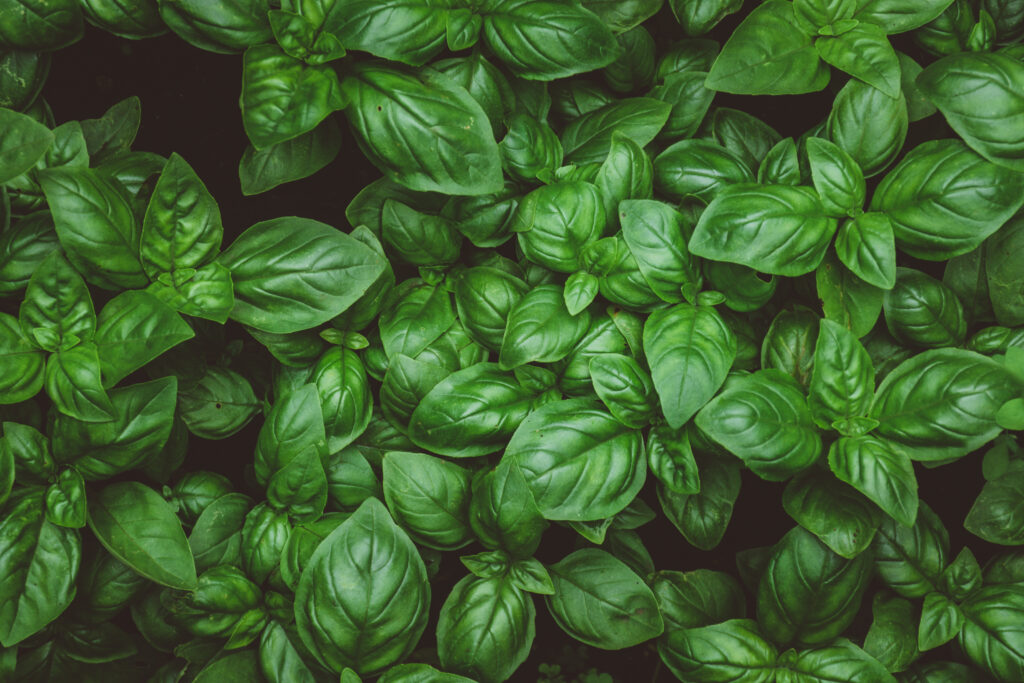
2. Mint – Fast, Fragrant & Hardy
Mint is one of the most forgiving and fast-growing herbs you can cultivate hydroponically. It spreads vigorously, which is perfect for those who love fresh mojitos, teas, or mint chutneys. It’s best to grow mint in its own container or dedicated section of your system. Frequent harvesting is key to managing its growth and maximizing leaf production.
- Varieties: Peppermint, Spearmint, Chocolate, Apple.
- pH Range: 5.5-6.0
- Light Needs: 12–14 hours, indirect or moderate light.
- Nutritional Benefits: Aids digestion, contains menthol, vitamin A, and antioxidants.
- Culinary Uses: Used in teas, mojitos, chutneys, desserts, and garnishes.

3. Cilantro – Fresh and Bold Flavour
Cilantro, also known as coriander leaves, is a must-have herb in many global cuisines. It thrives in hydroponic systems but has a relatively short life cycle, usually bolting after a few weeks. This makes succession planting essential for a continuous harvest. To delay bolting, provide consistent moisture and avoid high heat. Harvest the outer leaves first to keep the plant productive longer.
- Varieties: Slow-bolt, Santo.
- pH Range: 6.0-6.5
- Light Needs: 12–14 hours of moderate light.
- Nutritional Benefits: High in vitamin C, K, and potassium. Detoxifying effects.
- Culinary Uses: Popular in salsa, chutneys, tacos, curries, and salads.
4. Parsley – Rich in Nutrients
Parsley is a slow-growing herb that requires patience but rewards growers with lush, nutrient-dense leaves. There are two main types: curly leaf parsley, often used as a garnish, and Italian flat-leaf parsley, favoured for its stronger flavour. Hydroponic parsley benefits from consistent pruning, which encourages denser foliage.
- Varieties: Curly leaf, Italian flat-leaf.
- pH Range: 5.8–6.2
- Light Needs: 12–16 hours.
- Nutritional Benefits: Rich in iron, vitamin C, K, and folate.
- Culinary Uses: Garnish for soups, salads, tabbouleh, and Mediterranean dishes.
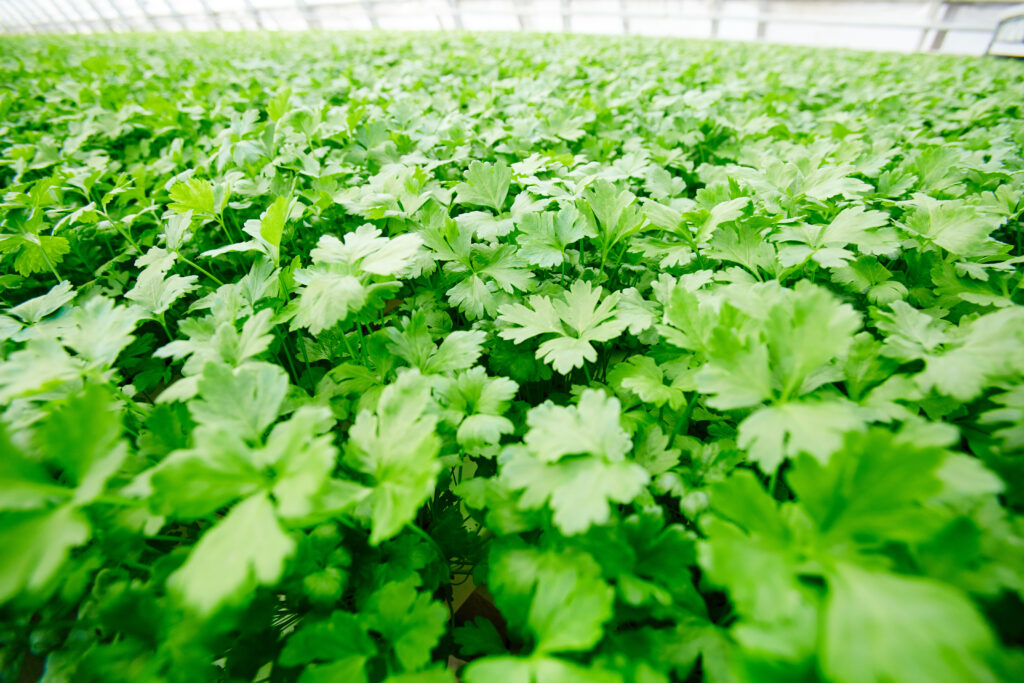
5. Oregano
A staple in Italian and Greek cuisine, oregano is a robust herb that thrives in hydroponic systems. Greek oregano is the most commonly grown variety, but Italian oregano also does well. Since oregano can get woody, prune regularly to maintain tender, flavorful leaves. Oregano is a low-maintenance herb and grows well in nutrient-rich hydroponic systems with good airflow.
- Varieties: Greek, Italian.
- pH Range: 6.0–6.5
- Light Needs: 14–16 hours of full-spectrum light.
- Nutritional Benefits: Contains thymol and carvacrol; antioxidant and antibacterial properties.
- Culinary Uses: Used in pizza sauces, marinades, meat dishes, and herbal teas.
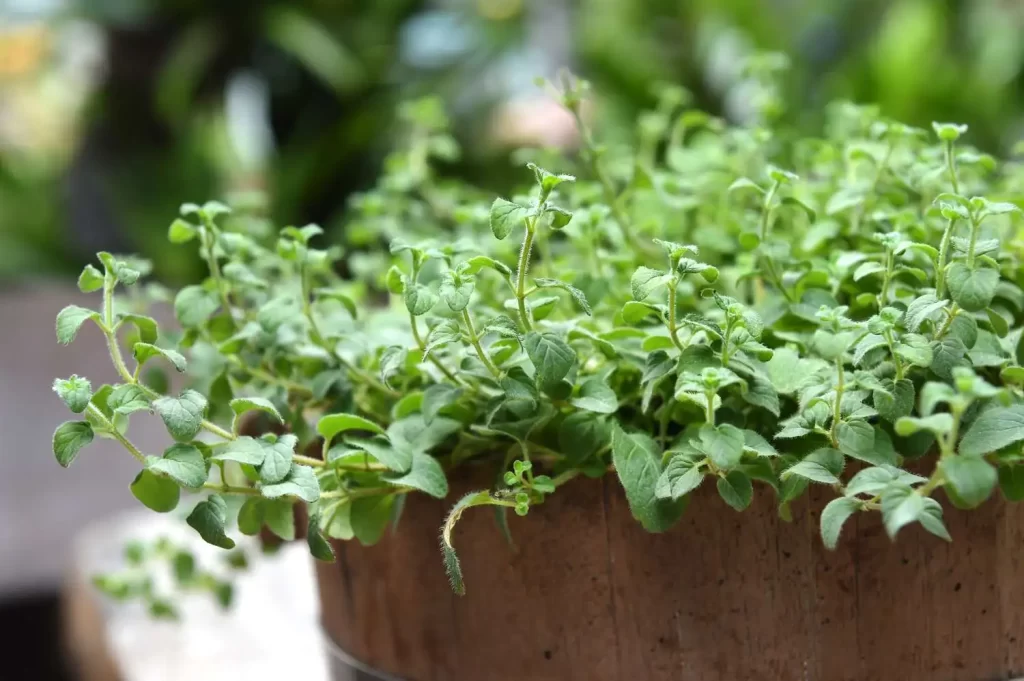
6. Thyme – Tiny Leaves, Big Aroma
Thyme is a compact herb with a powerful fragrance, making it ideal for indoor hydroponic setups. It needs plenty of light and good airflow to prevent mold or mildew. Thyme does well in NFT systems and harvest sprigs by snipping above the woody stem, allowing it to regrow efficiently.
- Varieties: English, Lemon, French.
- pH Range: 5.5–7.0
- Light Needs: 12–14 hours of high-intensity light.
- Nutritional Benefits: Contains vitamin C, A, and antibacterial compounds.
- Culinary Uses: Seasoning for meat, stews, potatoes, and infused oils.
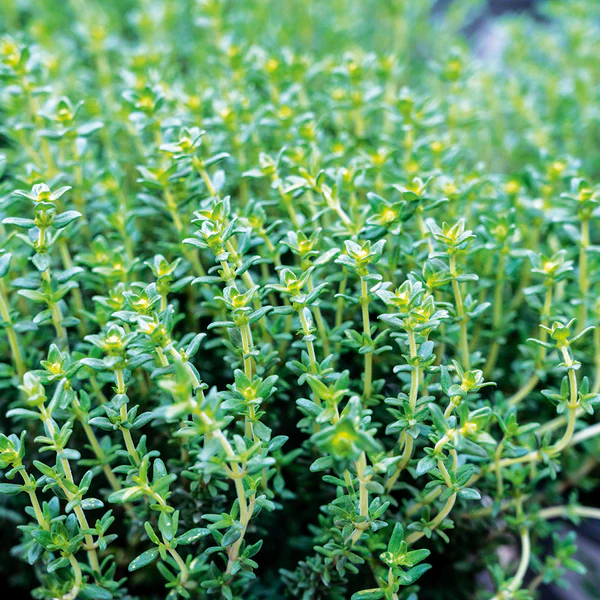
7. Chives – Quick and Productive
Chives are one of the easiest herbs to grow hydroponically and produce consistent harvests. They require minimal maintenance and bounce back quickly after cutting. Regular trimming prevents them from flowering and encourages continuous leaf growth.
- Varieties: Garlic chives, Onion chives.
- pH Range: 6.0–6.5
- Light Needs: 12–16 hours.
- Nutritional Benefits: Source of vitamins A and K, and sulfur compounds.
- Culinary Uses: Topping for baked potatoes, soups, eggs, and dips.

8. Dill – Light Feeder with Distinct Flavor
Dill grows quickly in hydroponic setups and is often used in pickling or seasoning seafood. It prefers slightly cooler temperatures and needs proper air circulation to prevent floppiness. Since dill is a light feeder, avoid over-fertilizing. It has a short life cycle, so stagger plantings for a longer harvest window.
- Varieties: Bouquet, Fernleaf.
- pH Range: 5.5–6.5
- Light Needs: 14–16 hours of direct light.
- Nutritional Benefits: Contains calcium, iron, and flavonoids.
- Culinary Uses: Excellent in pickles, dips, seafood dishes, and dressings.
9. Sage – Silvery and Savoury
Sage has a distinct earthy flavour and is commonly used in poultry dishes, stuffings, and teas. It’s a moderate grower that can become woody if not pruned regularly. Common sage and purple sage are both suitable for hydroponics. It’s sensitive to overwatering, so systems with good aeration like DWC or ebb and flow, work best.
- Varieties: Common, Purple.
- pH Range: 5.5–6.5
- Light Needs: 12–14 hours.
- Nutritional Benefits: Contains rosmarinic acid, vitamin K, and antioxidants.
- Culinary Uses: Flavouring for poultry, sausages, and butter sauces.
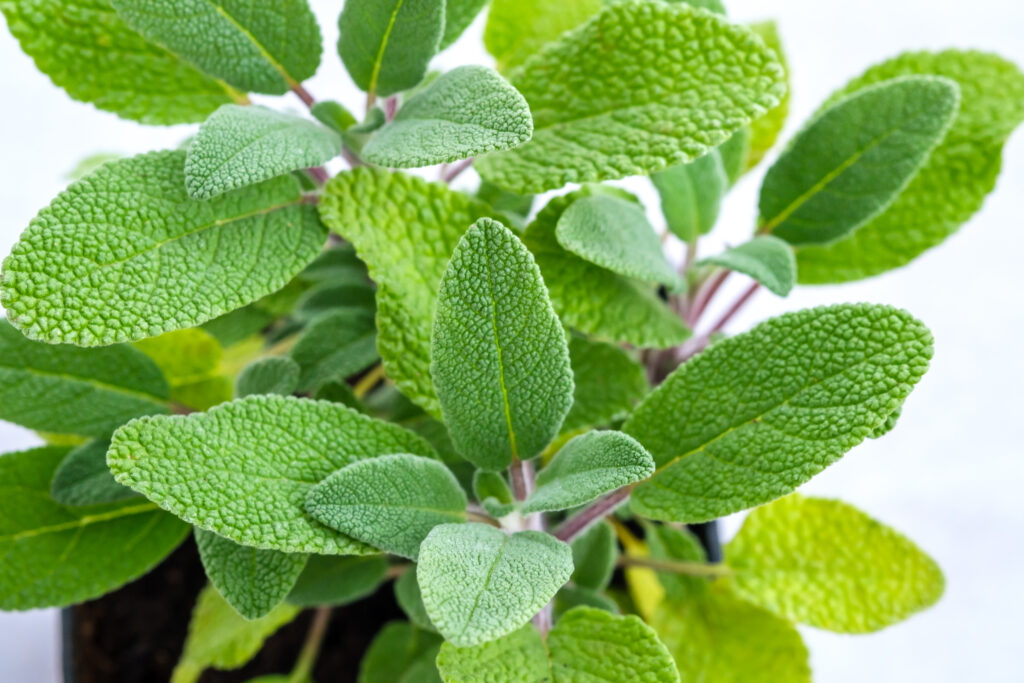
10. Lemon Balm – Calming and Citrus-Scented
Lemon balm is perfect for herbal teas and natural remedies. Its soothing aroma also helps deter pests, making it a great companion plant. Regular trimming prevents it from getting leggy and encourages bushier growth. It grows well in DWC and passive systems like Kratky.
- pH Range: 6.0–7.5
- Light Needs: 14–16 hours.
- Nutritional Benefits: Stress relief, antioxidant, and antiviral properties.
- Culinary Uses: Herbal teas, salad dressings, and desserts.
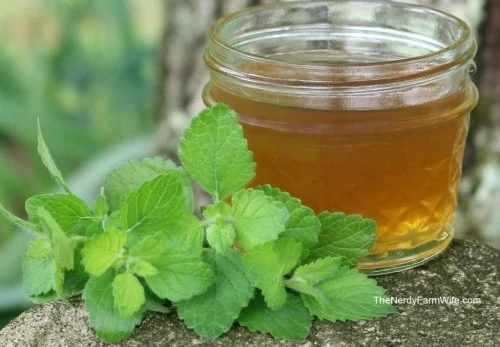
11. Tarragon – Gourmet and Aromatic
French tarragon is prized for its subtle anise-like flavour, often used in fine dining. It prefers well-lit conditions and stable water temperatures. It’s slightly more finicky than other herbs but a great addition for serious culinary enthusiasts.
- Varieties: French tarragon.
- pH Range: 6.0–7.5
- Light Needs: 12–14 hours.
- Nutritional Benefits: Stimulates appetite and digestion, contains potassium and iron.
- Culinary Uses: Béarnaise sauce, chicken dishes, egg salads.
12. Marjoram – Underrated But Delicious
Marjoram is often overshadowed by oregano but offers a sweeter, more delicate flavour. It’s great in salad dressings, stews, and marinades. Because it remains small, it’s excellent for compact systems or vertical gardens.
- Varieties: Sweet marjoram.
- pH Range: 6.0–7.0
- Light Needs: 14–16 hours.
- Nutritional Benefits: Anti-inflammatory, digestive aid, and antioxidant.
- Culinary Uses: Great in soups, stews, meat rubs, and herb blends.
13. Rosemary – Challenging but Rewarding
Rosemary is a woody herb that can be tough to grow hydroponically but is extremely rewarding. It has a strong aroma and is perfect for roasting and seasoning. Rosemary can be sensitive to root rot, so systems like aeroponics or ebb and flow are ideal.
- Varieties: Upright, Trailing.
- pH Range: 5.5–6.0
- Light Needs: 16+ hours of strong light.
- Nutritional Benefits: Cognitive support, antioxidants, and anti-inflammatory.
- Culinary Uses: Roasted meats, potatoes, bread, and infused oils.
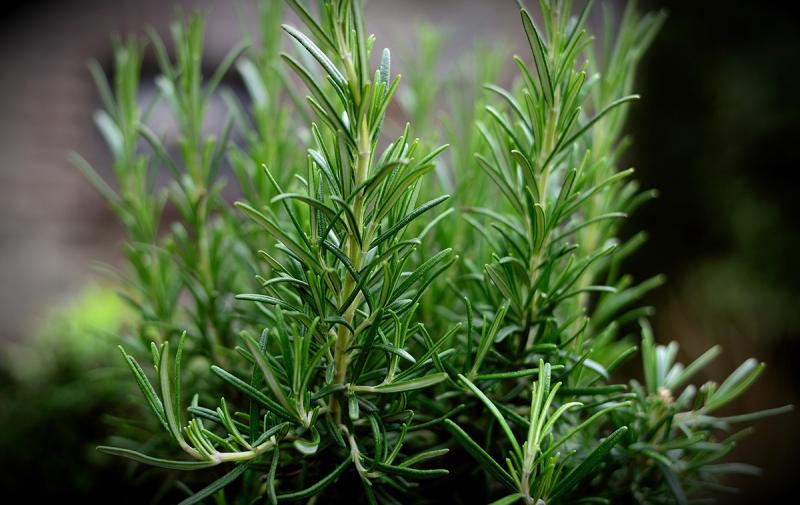
14. Stevia – The Natural Sweetener
Stevia is a unique herb that produces sweet-tasting leaves, used as a natural sugar substitute. It requires a bit more attention, but it is well worth the effort. Harvest by trimming the stems just above a leaf node to encourage bushier growth.
- pH Range: 6.5–7.0
- Light Needs: 14–16 hours.
- Nutritional Benefits: Zero-calorie sweetener, helps manage blood sugar.
- Culinary Uses: Sweetens teas, baked goods, and smoothies.
15. Fenugreek (Methi) – Great for Indian Cuisine
Fenugreek is a versatile herb often used in Indian cooking. It grows well as a microgreen or full-leaf plant and has a slightly bitter, nutty flavor. With a quick germination rate and low nutrient demand, fenugreek thrives in Kratky and DWC systems.
- pH Range: 5.5–6.5
- Light Needs: 12–14 hours.
- Nutritional Benefits: Rich in iron, fiber, and fenugreekine.
- Culinary Uses: Used in Indian curries, methi parathas, and spice blends.
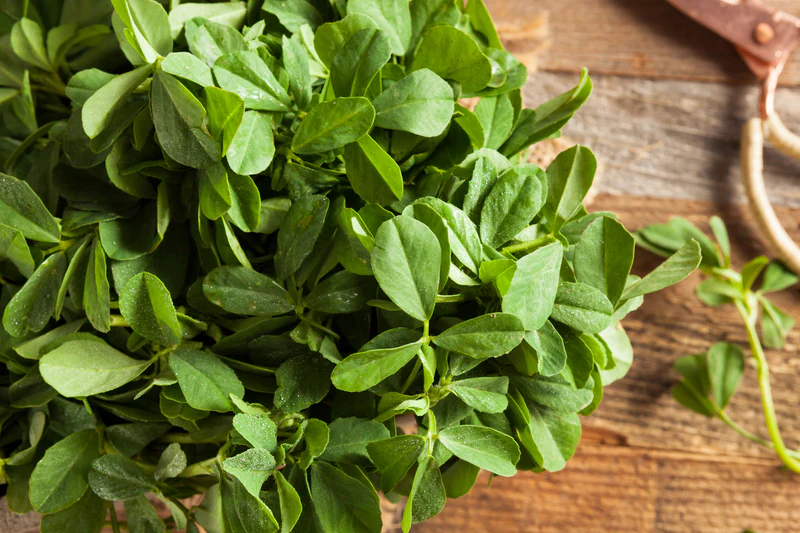
Essential Tips for Growing Hydroponic Herbs
To maximise your success with hydroponic herbs, follow these essential tips:
- Monitor pH levels regularly: Most herbs prefer a range of 5.5–6.5. Use a digital pH meter and adjust with pH up/down solutions.
- Use a balanced nutrient mix: Herbs need macronutrients (N-P-K) and micronutrients (calcium, magnesium, iron). Purchase a high-quality hydroponic nutrient solution tailored for leafy greens.
- Provide consistent lighting: Use full-spectrum LED grow lights and keep them on for 12–16 hours daily. Ensure even light distribution.
- Prune regularly: This prevents overcrowding and encourages branching. Always use sterilized tools to avoid disease.
- Maintain airflow and temperature: Good ventilation reduces the risk of mold and mildew. Keep temperatures between 65–75°F (18–24°C).
- Keep water oxygenated: Especially in DWC systems, use air pumps to prevent root rot and support healthy growth.
Purchase High-quality Hydroponic Nutrient Solution for Leafy Greens and Herbs
Final Thoughts
Hydroponic herbs are a smart, sustainable, and satisfying way to grow fresh produce at home. Whether you’re a foodie, gardener, or just someone who enjoys the taste of freshly harvested greens, a hydroponic herb garden offers a year-round solution with minimal effort. With the right setup, consistent care, and a bit of experimentation, you can enjoy a constant supply of aromatic, nutrient-rich herbs no matter the season.
Ready to get started? Pick your favourite herbs from this list and watch your indoor garden flourish!
FAQs About Hydroponic Herbs
What is the easiest herb to grow hydroponically?
Basil and mint are among the easiest. They grow quickly and recover well after harvesting.
How long do hydroponic herbs take to grow?
Most herbs reach harvest size within 3–6 weeks, depending on the variety.
Do herbs taste better when grown in hydroponics?
Yes. Hydroponically grown herbs often have a cleaner taste and more concentrated oils due to optimal nutrient control.
Can I mix different herbs in the same hydroponic system?
Yes, but it’s best to group herbs with similar light, pH, and nutrient needs.
Are hydroponic herbs worth it?
Absolutely. They offer faster growth, less pest risk, and year-round harvest in a small space.

